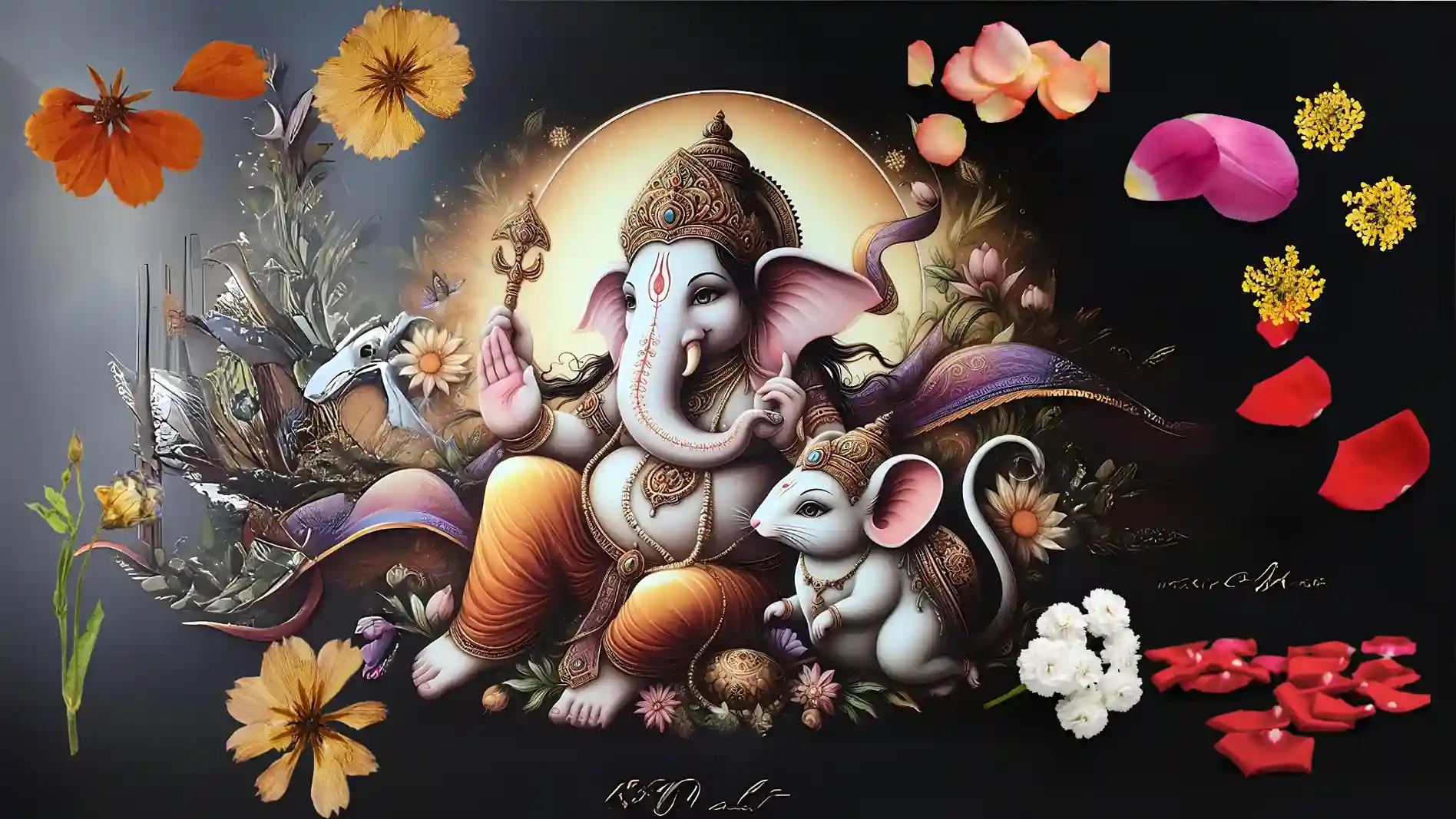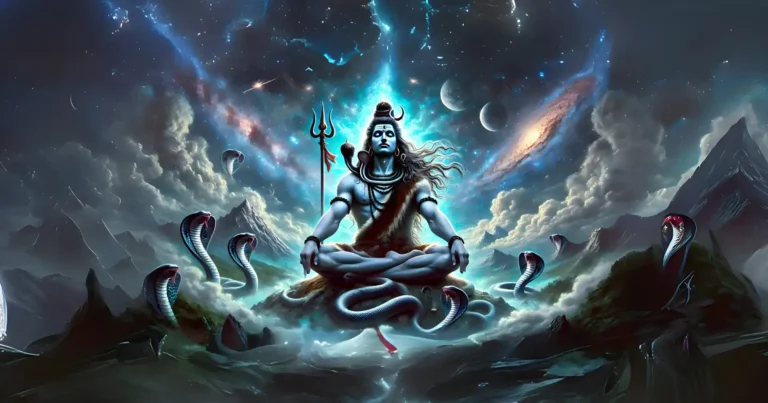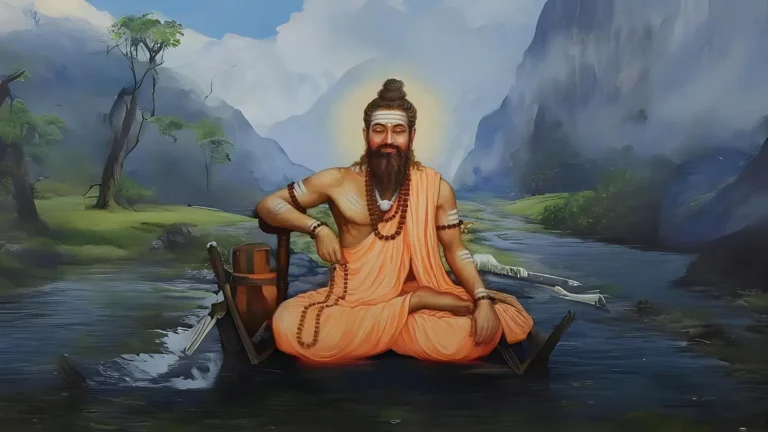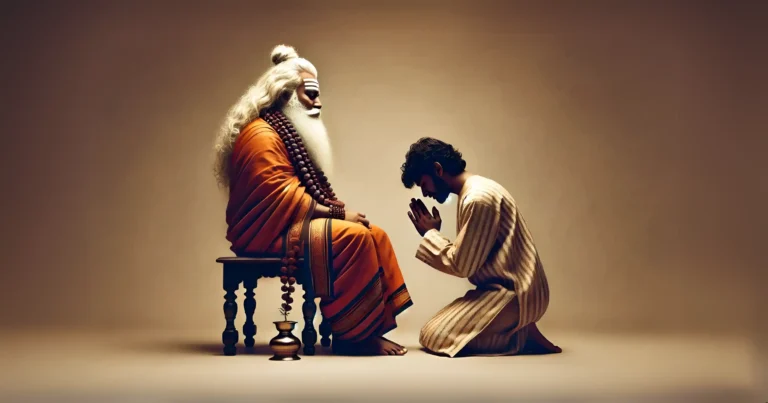Please Like the Blog and Share it for Maximum Reach
Table of Contents
The Pancha Devatas
According to the Shrutis and Smritis, Sanatana Dharma is based on our ancient Vedas and Puranas. The Parabrahma principle is worshipped in 5 different forms. In reality, the Parah Brahma is the only one principle.
However, due to the different moods of devotees, the Lord presents himself in 5 different forms to entice the people. Indeed, a devotee can dedicate himself to any one particular form of his liking.
In the end, that form shall be the topmost for him. The Smarta Dharma propounds the worship of the Pancha Devatas or 5 principal deities.
They are-
1) Sri Ganesha
2) Surya
3) Mahashakti
4) Shiva
5) Narayana
This partitioning gives rise to 5 different Sampradayas revolving around their individual deities
1) Ganapatya
2) Saur
3) Shakta
4) Shaiva
6) Vaishnava
Due to differences in the moods of each deity, the Sampradaya began to differ in their faith systems.
Worship of Sri Ganesha

The Ganapatya Sampradaya accepts Sri Ganesha as Paramatma. However, it has now become less-popular. The main center (Pradhan peeth) for the Ganapatya Sampradaya lies in the Moreshwar Kshetra of Maharashtra in the village of More.
Parabrahma Paramatma is eternal. He is neither subject to birth nor death. By his own sweet will, he appears and disappears on the material plane.
How was Sri Ganesha born?
Version 1
As per the Ganapatya Sampradaya, Ganesha is the supreme authority and controller. The story of his birth is as follows-
Lord Shiva and Parvati performed severe penance to have Sri Ganesha as their son. Their eldest son Kartikeya had ascended to the heavens since he had become the commander-in-chief of the Devas. Besides, the Kritika sisters were always there to display their motherly affection for him.
Once when Lord Shiva and Goddess Parvati were sporting. An old brahmin came to their doorstep and begged for alms. Parvati devi went to get some alms for the mendicant. As she came to the doorstep, the brahmin disappeared.
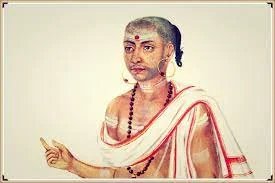
On asking, Lord Shiva revealed the true identity of the seer. He said that it was Sri Ganesha himself who had come to bless them. When they returned back, they found a cute, plump red complexioned baby playing happily on the cradle. This is how Ganesha appeared as their son.
Version 2
Lord Shiva and Parvati worshiped Lord Vishnu to beget a son. At last lord Vishnu granted them their boon.
The divine couple invited all the demigods to Kailas to share their joy and bless their son. However, Shanidev was standing at the doorstep. Lord Shiva was adamant to have him in.
Even on entering inside, Shanidev stood with his head cast low. He had very clearly told Mother Parvati- “I have been cursed by a woman, that whomever I glance at shall be burnt to ashes.”
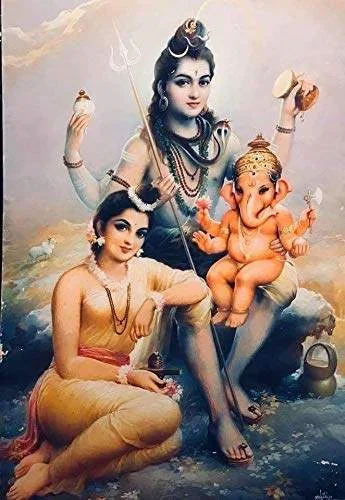
Bhavani ji took his words lightly and forced him to see her son. Sadly, at his very glance, the child’s head was blown apart. Thereafter, all the gods invoked Lord Vishnu who brought with him the head of a newborn elephant. Thus he fixed the elephant head for the child and brought him to life.
Killing of Gajasura
A demon named Sinduri entered the womb of Parvati during her eighth month and beheaded the fetus in her womb. However the child didn’t die. He was born in a headless state. So Narad Muni prayed to the child as follows- “Oh Lord, You are all-capable, You should definitely have a head.”
Later, this child killed the demon Gajasura and attached the demon’s head to his neck.
Cutting of Ganesha’s head
While bathing, Parvati sculpted a beautiful idol with the paste that went discarded from her body. She then inquisitively threw life into the idol. The kid turned alive and immediately paid respects to his mother.
Then he enquired- “Mother, How can I serve you?” Parvati replied- “Son, you stand at the doorstep. Make sure no one enters inside without my permission.” The child friskily carried a stick and was on duty.
As Lord Shiva advanced to enter the quarters, the child blocked his way.
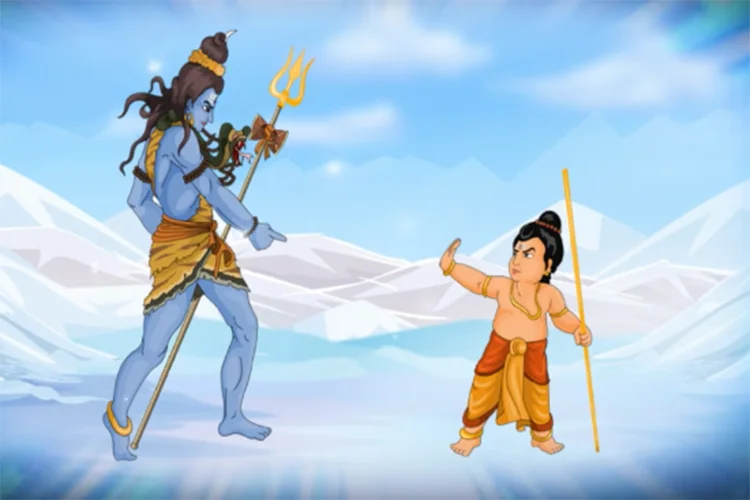
Then Lord Shiva ordered his Ganas to move the kid away from the doorway. But the ganas returned back with their bones broken by the harsh hitting of the kid.
Even the Devas came to extend help, but none could stand before the son born out of the strength of Mahashakti. At last, Lord Shiva was compelled to behead the kid with his trident. Thereafter, Lord Shiva entered the chambers and was questioned by Parvati Devi- “Didn’t anyone stop you?”
Lord Shiva replied-“Yes someone did stop me, your foolish doorkeeper. There lies his uprooted head.”
‘You have killed my son?’ cried Mother Parvati.
Lo, she ran to the door and her form changed to the gory Mahakali. She roared heavily and raised her Khadga weapon. She was pacified only when Lord Shiva replaced the child’s head with an elephant one and granted him the position of Ganapati (the leader of Ganas). Thus came Gajamukha Ganapati, the Lord with an elephant head.
Lord Ganesha is said to have 32 forms as described in the Mudgal Puran. One of his queer appearances is that of Ucchishta Ganapathy. This form of Lord Ganesha is worshipped while chewing food contaminated by Saliva, which is considered unholy by the orthodox school. Hence, he is traditionally worshipped through Vamachara (left handed) methods.
Test your Alignment with the Spiritual Subject Matter (only 7-8 Questions)
The scores generated in this Quiz are relative. There are no right or wrong answers. A percentage towards 100 indicates that you are more aligned to the overall subject matter.
Ekadanta Sri Ganesha
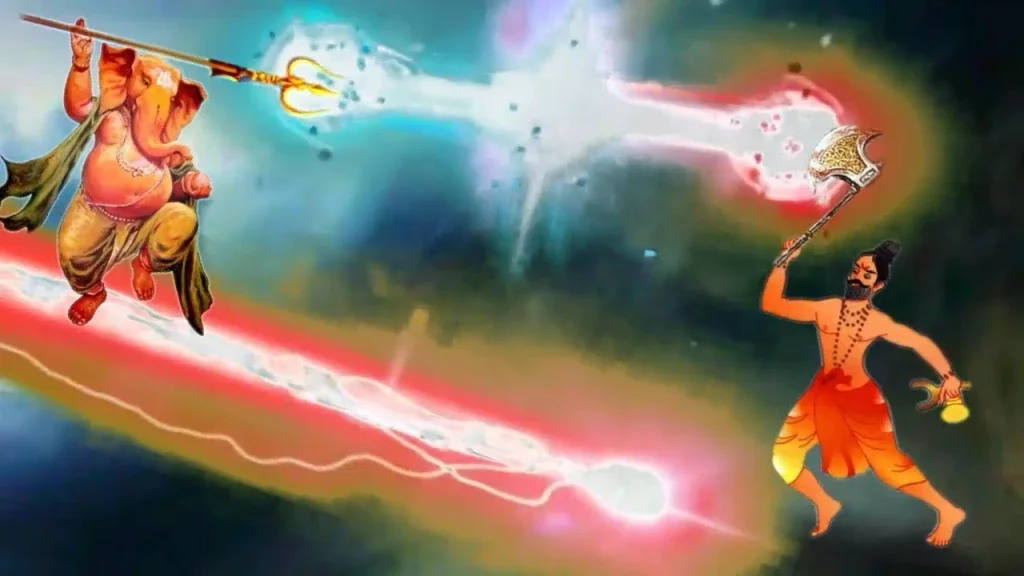
According to some versions, during the war between Sri Ganesha and Kartikeya (In some Kalpas, it is Parshurama) Ganesha lost one tooth.
Thus he got the name Ekadanta.
Why do we first worship Sri Ganesha?
Once, the devas fought over who should deserve foremost worship. At last Lord Brahma intervened by introducing a competition. He said- ‘The one who circumambulates the entire earth and returns foremost shall win.’
Everybody mounted their vehicles and set off with the speed of lightning. But what could the big bellied, dwarf, and modak lover Ganapati do? He had a tiny mouse as his vehicle.
Seeing the Lord in low spirits, Sage Narada offered him a solution. As per Narada’s advice, Ganesha wrote the name Rama on the ground, circumambulated it 21 times and reported back to Brahma. Finally, the creator Brahma declared Ganesha as the winner. Hence he was universally accepted as the lord who deserved foremost worship.
Sri Ganesha’s Marriage
There is another story in this regard.

Swami Kartikeya and Ganesha were fighting over who should get married first.
Then, Lord Shiva announced that the one who circumambulates the universe shall first get married. With the consent of Saga Narada, Ganesha circumambulated his parents, Shiva and Parvati, 7 times taking them to be the personification of the creator, Parameshwar and his creation, Prakriti.
Thus, he was declared as the winner and got married to Ridhhi (Prosperity) and Siddhi (Success).
Churning of the ocean
The gods and demons collaborated to churn the ocean. However, at the very start, they forgot to invoke Ganesha, the remover of all obstacles.
As a result, the gods could do nothing to prevent the Mandrachal mountain from drowning in the ocean. Lord Narayan instructed the devas to worship Sri Ganesha. Then, he himself assumed the form of a tortoise and shouldered the mountain on his back. Thus the churning was successfully accomplished.
Writing of Mahabharata
On Veda Vyasa’s request, Sri Ganesha initiated the difficult task of writing the lengthy Mahabharatha.
Vyasa kept reciting the shlokas while Ganesha without a break continued the writing work. Sri Ganesha is the Lord of intelligence. He is the one who removes all obstacles.
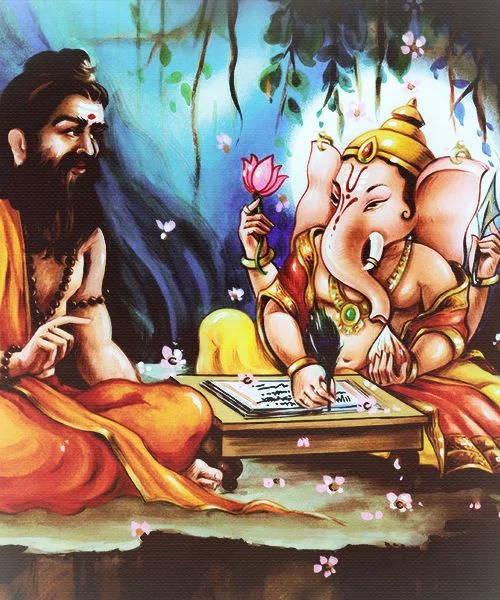
In yoga, he is the ruling deity of Muladhara chakra (base). His extensive characterization is given in the Ganesh Purana.
What does Ganesha mean?
The word Ganesha literally means that he is the chief of all the Shiva ganas including ghosts (भूत), goblins (प्रेत), evil spirits (पिशाच), ghouls (डाकिनी), fiends (यक्षिणी), demons (भैरव) and all the destructive elements of the universe.
Please Like the Blog and Share it for Maximum Reach
You display your love by reading this valuable material. So kindly read and consider financially supporting us to keep our efforts going with renewed vigor! Supporters in India can donate via Razorpay while those abroad can use PayPal!

